This Is Our Demand, Our Request To All The Responsible People – That Instead Of Sending Weapons, Instead
This is our demand, our request to all the responsible people – that instead of sending weapons, instead of sending tanks to Afghanistan and all these countries that are suffering from terrorism, send books. Instead of sending tanks, send pens. Instead of sending soldiers, send teachers. This is the only way we can fight for education.
Education activist Malala Yousafzai at today’s #UNGA event on Global Education First.
For more on the event see here.
(via united-nations)
More Posts from Dotmpotter and Others

An estimated 30 trillion cells in your body—less than a third—are human. The other 70-90% are bacterial and fungal!
Learn more in the new exhibition, The Secret World Inside You, now open!
Image: Gaby D'Allesandro / © AMNH

Both were filled at the same time with the same water, only one had oysters.
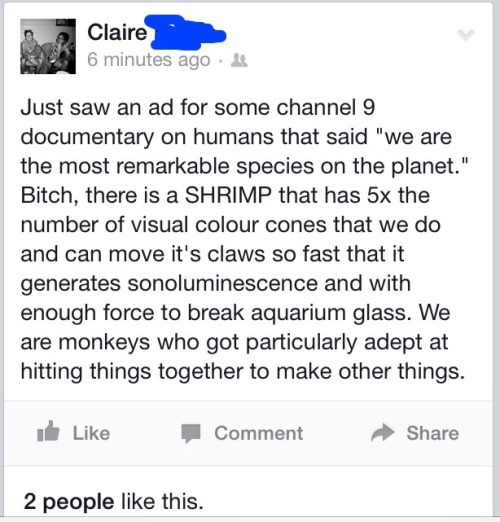
I am not here for the idea that humans > everything else.

Earlier this year, BioDigital partnered with About.com to provide interactive visualizations for common health conditions. Patients searching for information about Type 2 diabetes, for instance, are presented with a 3D model of a cell’s response to insulin, in which they can explore the process from different angles while toggling between diabetic and normal cell function.
What’s revolutionary about the API launch, though, is that now developers can personalize the BioDigital human by integrating their own imaging data, movement data collected by wearables, and health record data, among other sources.
So essentially, instead of clicking around the standard human model on About.com, we could soon be exploring 3D models of our own bodies, constructed with our unique health data.
For athletes especially, the immediate advantages of virtually replicating a moving body are obvious. If you can see exactly which movements inflict pain or stress on your body, it’s much easier to understand how to avoid them.
For medical professionals, though, the ability to visualize vast amounts of health data in real time via the BioDigital human has the potential to change the way new information is analyzed and consumed.
“The human body is this incredible system of systems, and there’s an infinite amount of detail,” says Sculli. “So we can start mapping cellular mechanisms, and genomic and brain activity, and all of this information that’s being collected in masses from research and wearables, and make it consumable for people.”
(via 3D Modeling Startup BioDigital Launches An API For The Human Body | TechCrunch)





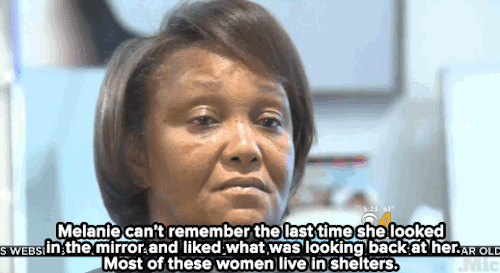
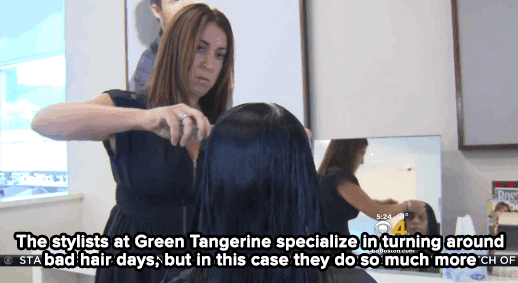
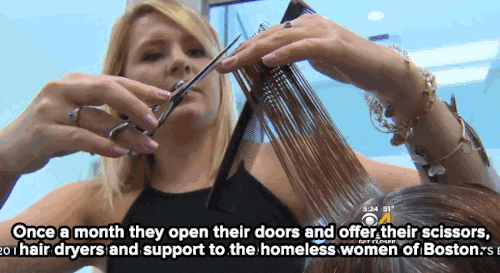

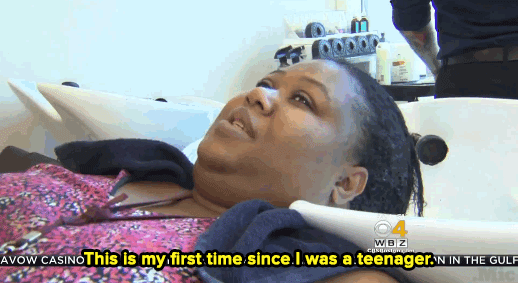
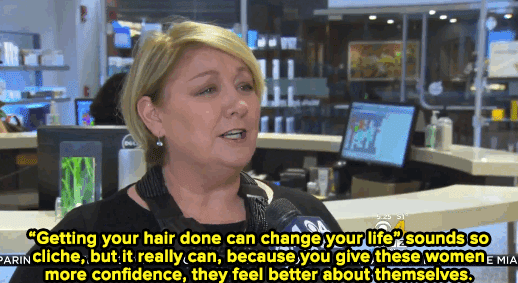
Watch: A haircut may not solve homelessness — but it can make all the difference for these women.
Follow @stylemic

From the air, the coast of Greenland appears vast and tranquil. Hundreds of fjords, their surfaces a mirror of blue sky and cloud bottoms, divide the territory. In the gaps between them, the terrain folds over itself, hill over hill, descending into obsidian lakes. The turf is covered in the waxy pastels of alpine dwarf willows and the dull white of age-bleached lichen.
Though an immense ice sheet sits in its interior, Greenland’s ice-free coast encompasses almost 159,000 square miles and and houses 57,000 people. In other words, it is larger than Germany with a population half the size of Topeka, Peoria, or New Haven. It is possible to stand on a hill outside the coastal town of Ilulissat and hear only the grass quaking, the harbor ice dully grinding against itself.
I visited Greenland because, lately, the land here has gone soft, and disquieting things threaten to wake in it.
Continue Reading.
Best known as the digital ledger at the core of bitcoin, blockchain is “a great way for making and preserving truths.” Just as blockchain tracks the movement of bitcoins, it could be used as an open way to follow any other good or product, bringing “concrete trustable facts to the retail environment”, she said. For example, Provenance is working on a blockchain project to track fish, noting when and where and how the animal is caught, checking its status with certifiers (such as whether it qualifies as organic) and tracking it as it changes hands, so that data can be shown to the final buyer. That could help brands prove to their customers that products are as promised, helping build trust.
WIRED Retail 2015: Blockchain could track your fish supper from boat to plate (Wired UK)

Don’t feel drowned by your habits, we all know smoking doesn’t make sense, we all know somebody who is sick because of smoking. You have the power to stop smoking. Or replace your bad habits that hinder your life with good habits that help it progress. I have a client that used to smoke, now every time she is craving a cigarette she does 50 squats, no smoking now for 2 months, but great muscle tone in her legs! This is what I mean when I say love yourself… Not your reflection. Your actions are a reflection of how you see yourself. Big up all those who have stopped smoking, stopping smoking or even thinking about it! If you have stopped let me know how long for, if you are stopping let me know how and why. If you are thinking about it hopefully you will read the comments and try to stop. #spartanfam #strength #health #streetart

It’s easy to be overwhelmed by the myriad of options in the haircare section of your local store, but it turns out that of all those products, the formula within most shampoo and conditioner doesn’t vary much across brands.
A new Y Combinator company, Function of Beauty, is looking to change all that.
The company lets the user choose a scent and describe their own hair type, with options from straight to curly, dry to oily, and thin to coarse hair. From there, users can choose different hair goals, combining things like strengthening to heat protection to anti-frizz.
Function of Beauty currently offers 450 million different combinations based on hair type and goals.
(via Function Of Beauty, Backed By Y Combinator, Offers Customized Shampoo And Conditioner | TechCrunch)
-
 ganjablossom liked this · 10 years ago
ganjablossom liked this · 10 years ago -
 freedomforeverybody118 liked this · 11 years ago
freedomforeverybody118 liked this · 11 years ago -
 anitamex1995 liked this · 11 years ago
anitamex1995 liked this · 11 years ago -
 greengazelle-blog reblogged this · 11 years ago
greengazelle-blog reblogged this · 11 years ago -
 belourkine-blog reblogged this · 11 years ago
belourkine-blog reblogged this · 11 years ago -
 caitlinwithasea liked this · 11 years ago
caitlinwithasea liked this · 11 years ago -
 rhoswynramsey-blog reblogged this · 11 years ago
rhoswynramsey-blog reblogged this · 11 years ago -
 ignum reblogged this · 11 years ago
ignum reblogged this · 11 years ago -
 satanicpl4ygirl reblogged this · 11 years ago
satanicpl4ygirl reblogged this · 11 years ago -
 columbia1994 reblogged this · 11 years ago
columbia1994 reblogged this · 11 years ago -
 cuckoooncrack-blog liked this · 11 years ago
cuckoooncrack-blog liked this · 11 years ago -
 tokillamocking reblogged this · 11 years ago
tokillamocking reblogged this · 11 years ago -
 dreamcatchersareforever reblogged this · 11 years ago
dreamcatchersareforever reblogged this · 11 years ago -
 weird-fear reblogged this · 11 years ago
weird-fear reblogged this · 11 years ago -
 weird-fear liked this · 11 years ago
weird-fear liked this · 11 years ago -
 gothleen reblogged this · 11 years ago
gothleen reblogged this · 11 years ago -
 brimleymuffins reblogged this · 11 years ago
brimleymuffins reblogged this · 11 years ago -
 sphericalmusic reblogged this · 11 years ago
sphericalmusic reblogged this · 11 years ago -
 sphericalmusic liked this · 11 years ago
sphericalmusic liked this · 11 years ago -
 lwm20019 reblogged this · 11 years ago
lwm20019 reblogged this · 11 years ago -
 kumra-n liked this · 11 years ago
kumra-n liked this · 11 years ago -
 westernsky liked this · 11 years ago
westernsky liked this · 11 years ago -
 msrrachel reblogged this · 11 years ago
msrrachel reblogged this · 11 years ago -
 wolverinepng liked this · 11 years ago
wolverinepng liked this · 11 years ago -
 queen-of-hetaoni liked this · 11 years ago
queen-of-hetaoni liked this · 11 years ago -
 threebeersmross liked this · 11 years ago
threebeersmross liked this · 11 years ago -
 cdubcity liked this · 11 years ago
cdubcity liked this · 11 years ago -
 claythinking liked this · 11 years ago
claythinking liked this · 11 years ago -
 gotmyownname liked this · 11 years ago
gotmyownname liked this · 11 years ago -
 caliopleigh liked this · 11 years ago
caliopleigh liked this · 11 years ago -
 ihateeveryonealiveee reblogged this · 11 years ago
ihateeveryonealiveee reblogged this · 11 years ago -
 geeareohdoubleyou liked this · 11 years ago
geeareohdoubleyou liked this · 11 years ago -
 substantiating-shadows liked this · 11 years ago
substantiating-shadows liked this · 11 years ago -
 phil--mahooters liked this · 11 years ago
phil--mahooters liked this · 11 years ago -
 marchek liked this · 11 years ago
marchek liked this · 11 years ago -
 laughingacademy reblogged this · 11 years ago
laughingacademy reblogged this · 11 years ago -
 laughingacademy liked this · 11 years ago
laughingacademy liked this · 11 years ago